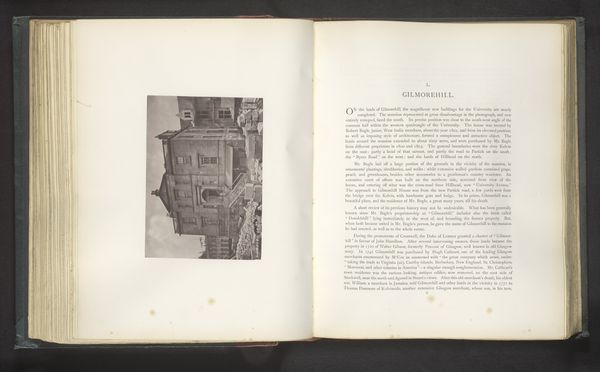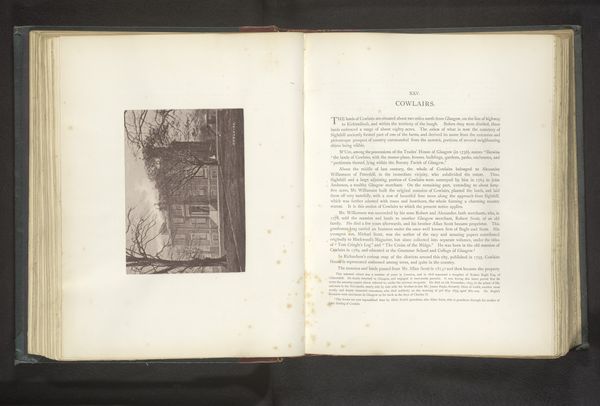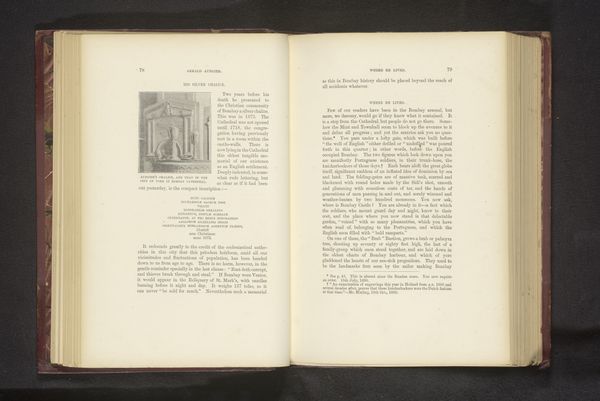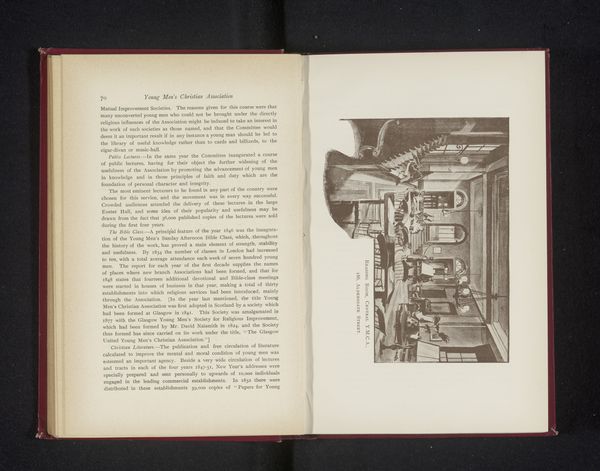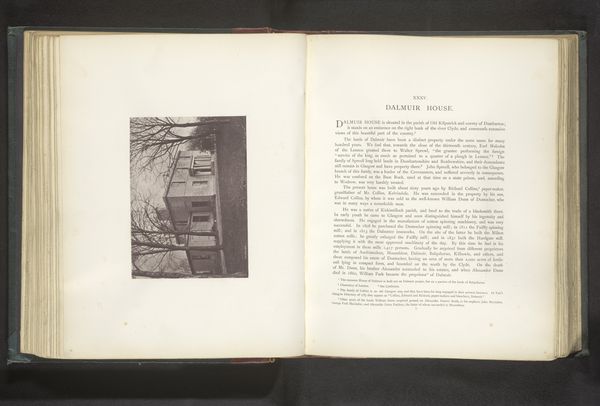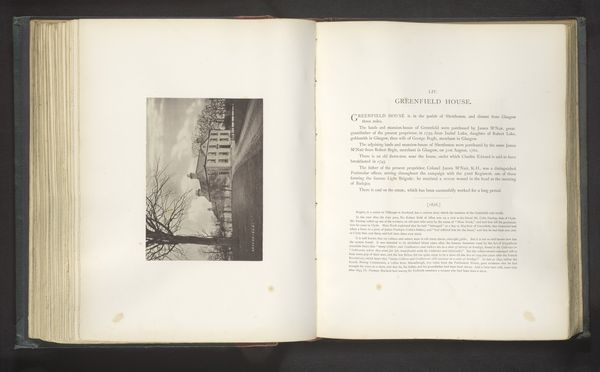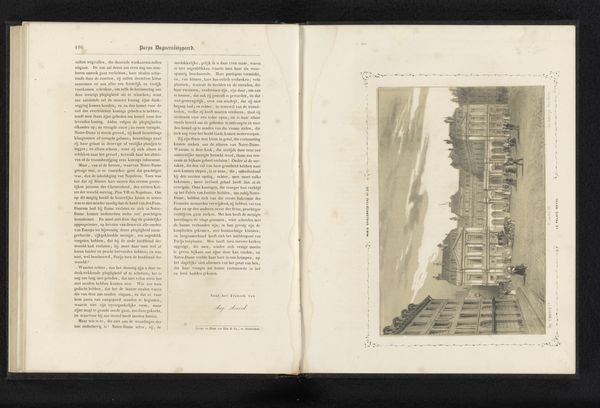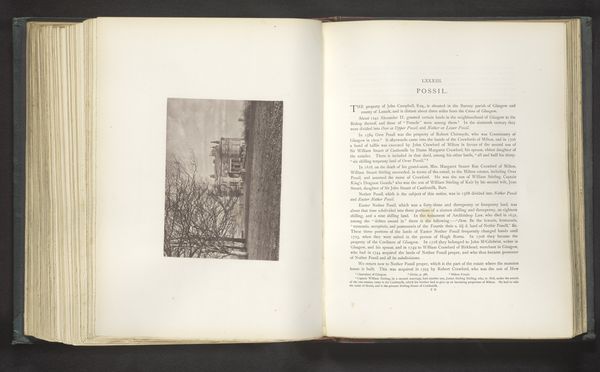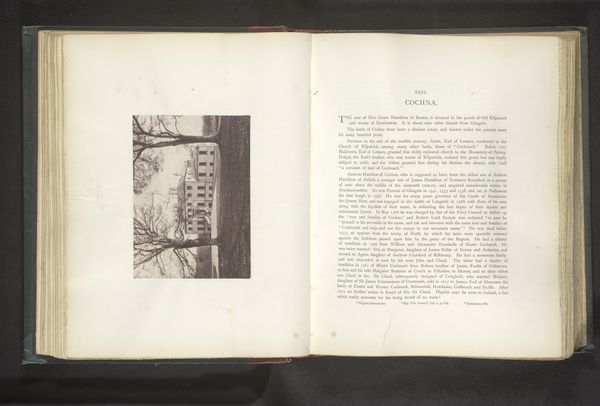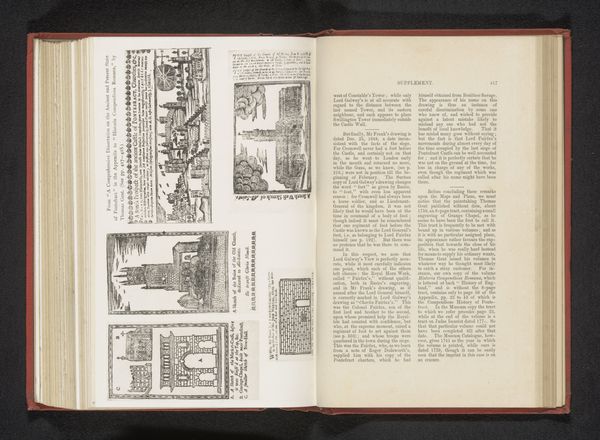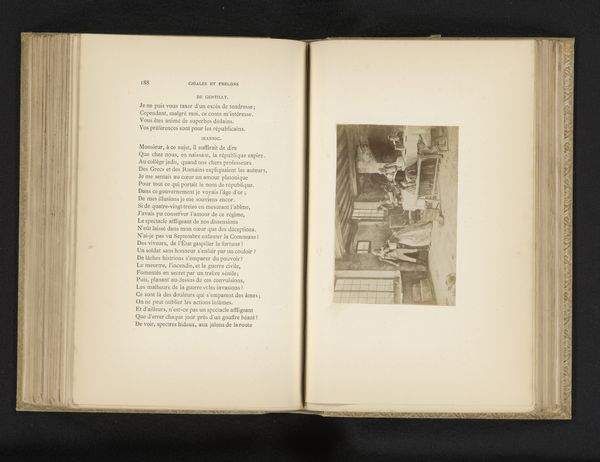
print, photography, engraving
# print
#
book
#
text
#
photography
#
islamic-art
#
engraving
#
historical font
Dimensions: height 67 mm, width 77 mm
Copyright: Rijks Museum: Open Domain
This print of Aurangzeb's tomb at Rauza appears in a book of views of India, likely published in Britain in the 19th century. Such prints served as both documentation and promotion of the British Empire. This rather modest tomb of the last great Mughal Emperor, Aurangzeb, contrasts with the grand monuments of his predecessors. Aurangzeb himself wished to be buried simply, in keeping with his austere religious views. His tomb, while a place of reverence, makes a statement about power and humility, challenging the norms of royal grandeur. Studying this print, alongside historical texts and architectural analyses, reveals a complex picture of Mughal India under Aurangzeb's rule. The image invites us to consider the public role of art and architecture, and how rulers use imagery to shape their legacy.
Comments
No comments
Be the first to comment and join the conversation on the ultimate creative platform.
